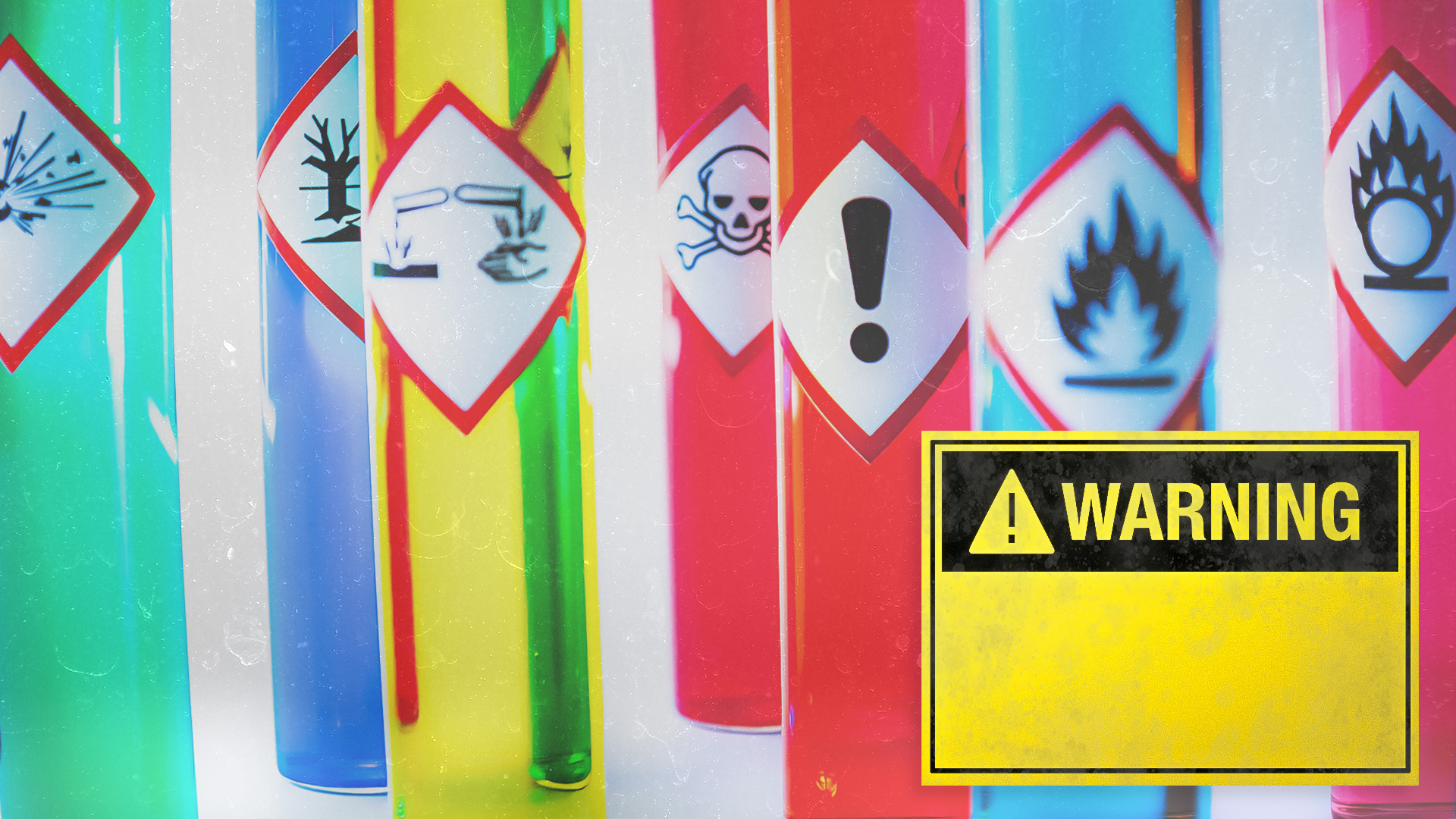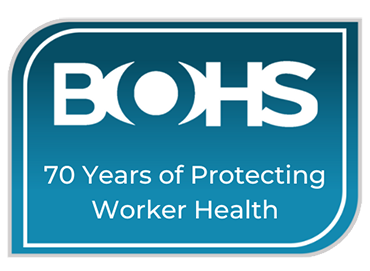Which substances are not covered by COSHH?
For anyone involved in the handling or management of hazardous substances, COSHH will be a familiar acronym. COSHH is a set of laws and requirements intended to safeguard workers' health by preventing or minimising exposure to substances that can negatively impact their health if mishandled or mismanaged.
These substances include chemicals, products containing chemicals, fumes, dusts vapours, mists, nanotechnology, gases and asphyxiating gases, biological agents (germs) and germs that cause diseases.
However, it is perhaps not so widely known that some substances known for their health risks that COSHH doesn't cover. Asbestos, radioactive materials and lead are not included because each has their own specific regulations.
Asbestos
Asbestos was once hailed as a wonder material due to its robust heatproof properties and abundance. A natural product, the use of asbestos can be traced back thousands of years to Finland, where it was used to reinforce ceramic pots. Asbestos didn't see widespread usage until the 1800s, at which point it became produced, exported and imported on an industrial scale. Building materials containing asbestos were widely used in the UK from 1930 and particularly from the 1960s onwards.
Due to posing considerable health risks, the importation, supply and use of all asbestos has been banned in the UK since 1999 and it is covered by a set of specialised regulations: The Control of Asbestos Regulations 2012. According to the HSE, there are 5,000 deaths every year associated with asbestos, which is still considered one of the most serious workplace health risks.
Radioactive materials
Much like asbestos, the high risks of radiation are well known and radioactive materials too have their own set of regulations. Highly controlled, for good reason, radioactive materials are also incredibly useful and used daily in a diverse range of industrial, medical and cancer treatments, research and communications applications.
Gamma radiation is used to irradiate food to prolong its shelf life and sterilise medical equipment, whereas alpha radiation can be found in applications including smoke alarms and heart pacemakers. There are several regulations regarding radioactive materials, including Ionising Radiation Regulations 2017 (IRR17), which came into force in 1st January 2018 and replaced Regulations IRR99.
Non-ionising radiation (NIR) covers optical radiation (ultraviolet (UV), visible and infrared) and electromagnetic fields (EMFs) (power frequencies, microwaves and radio frequencies). Refer to the Control of Electromagnetic Fields at Work Regulations 2016.
Lead
The use of lead by humans stretches back thousands of years but lead, including its compounds, is a substance that has long been known to have the potential to damage health. Excessive exposure can lead to lead poisoning.
Due to its widespread usage and applications, lead is covered under its own regulations: Control of Lead at Work (CLAW) (Third Edition) 2022 which covers metallic lead, its alloys and all its compounds as well as lead when it is a component of any substance or material. The regulations only cover lead in a form where it can be inhaled, ingested or absorbed through the skin and not, for example, handling finished pottery which contain lead. Further industry guidance is also available from the HSE: Lead and You – Working Safely with Lead INDG305.
For further information, visit https://www.hse.gov.uk. If you would like to discuss airborne lead or asbestos in your workplace, please contact Shawcity: solutions@shawcity.co.uk or Tel: 01367 899553.
Contains public sector information published by the Health and Safety Executive and licensed under the Open Government Licence.

-1.png)









